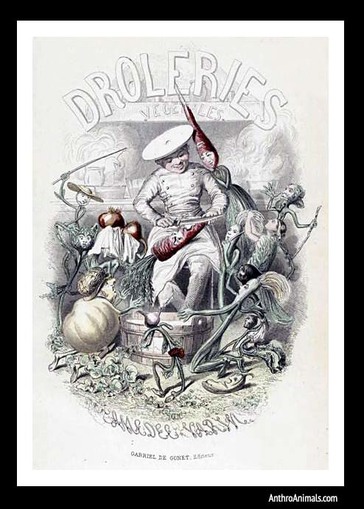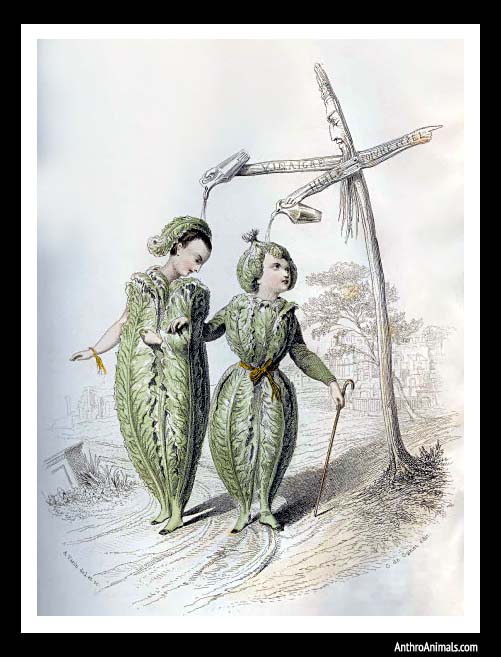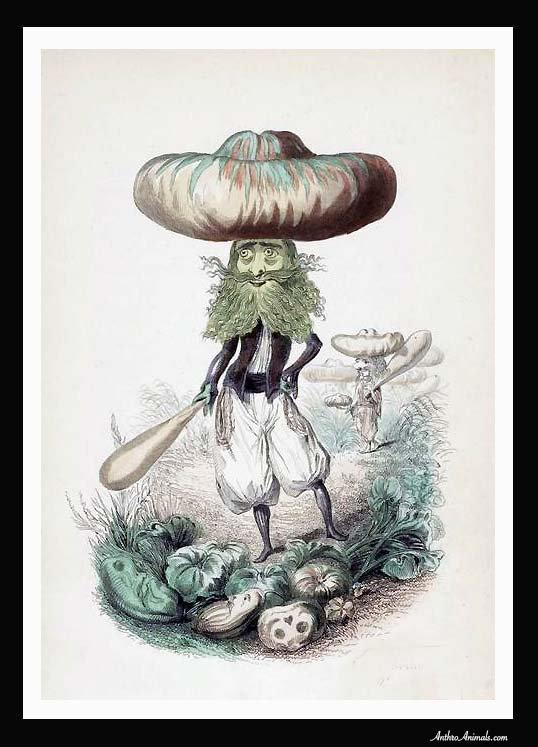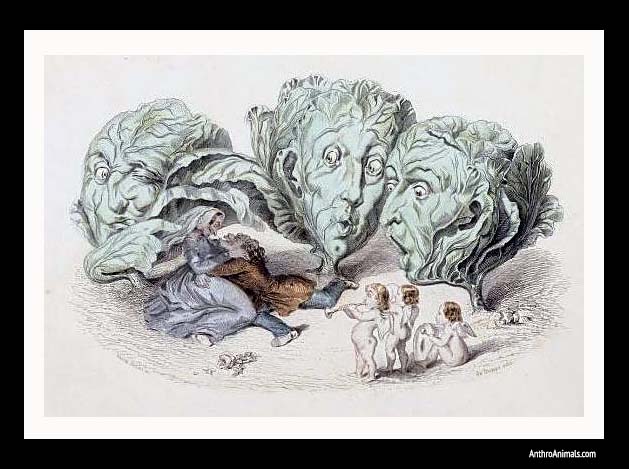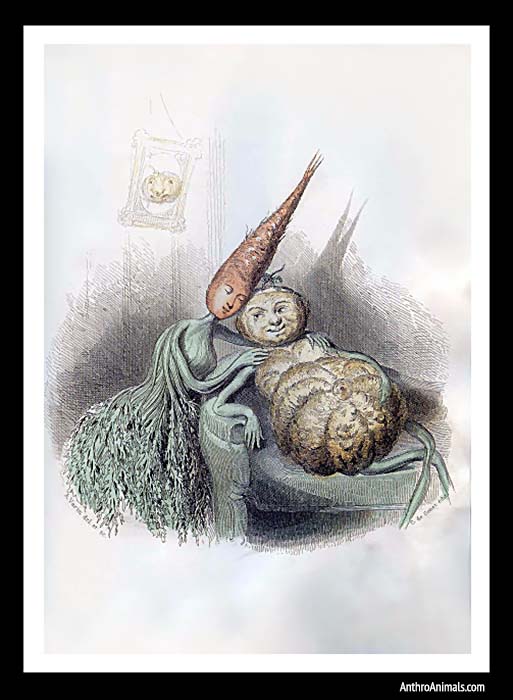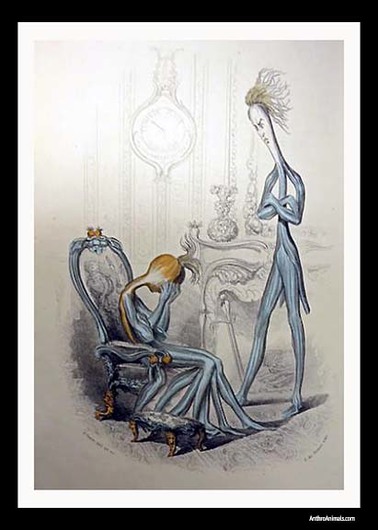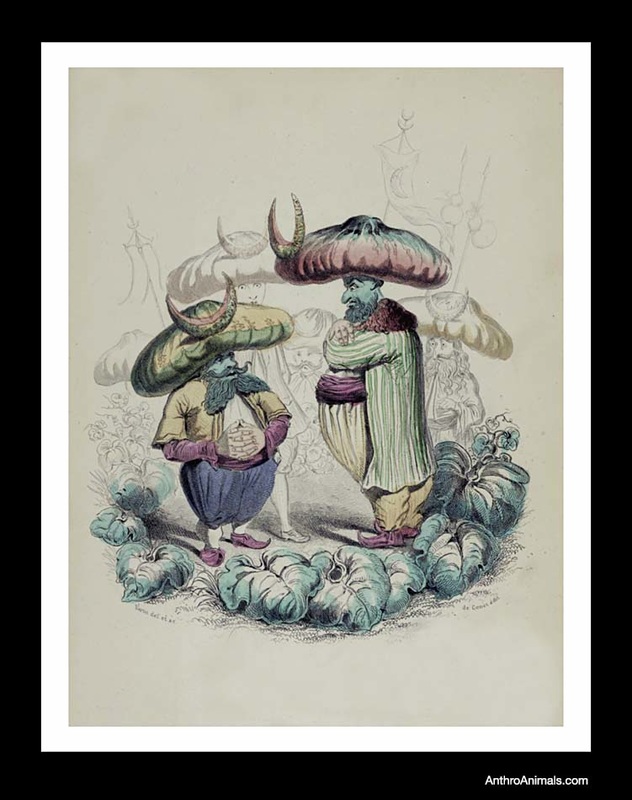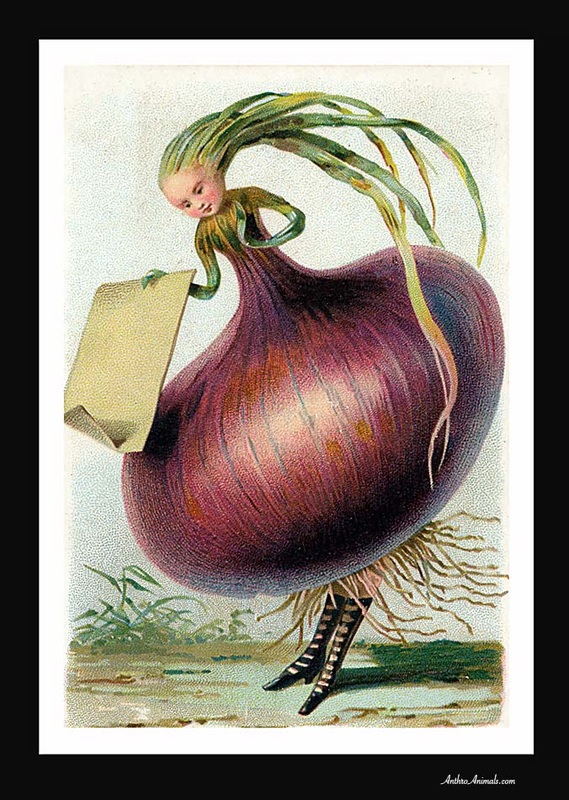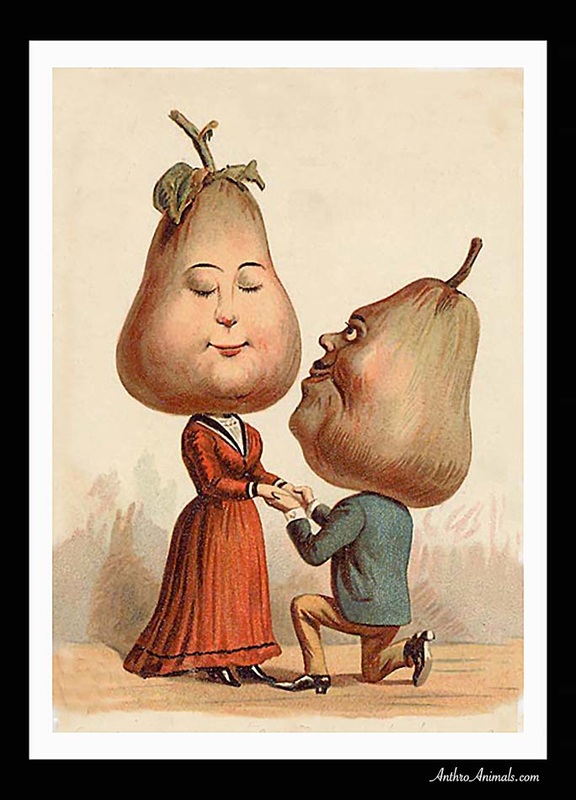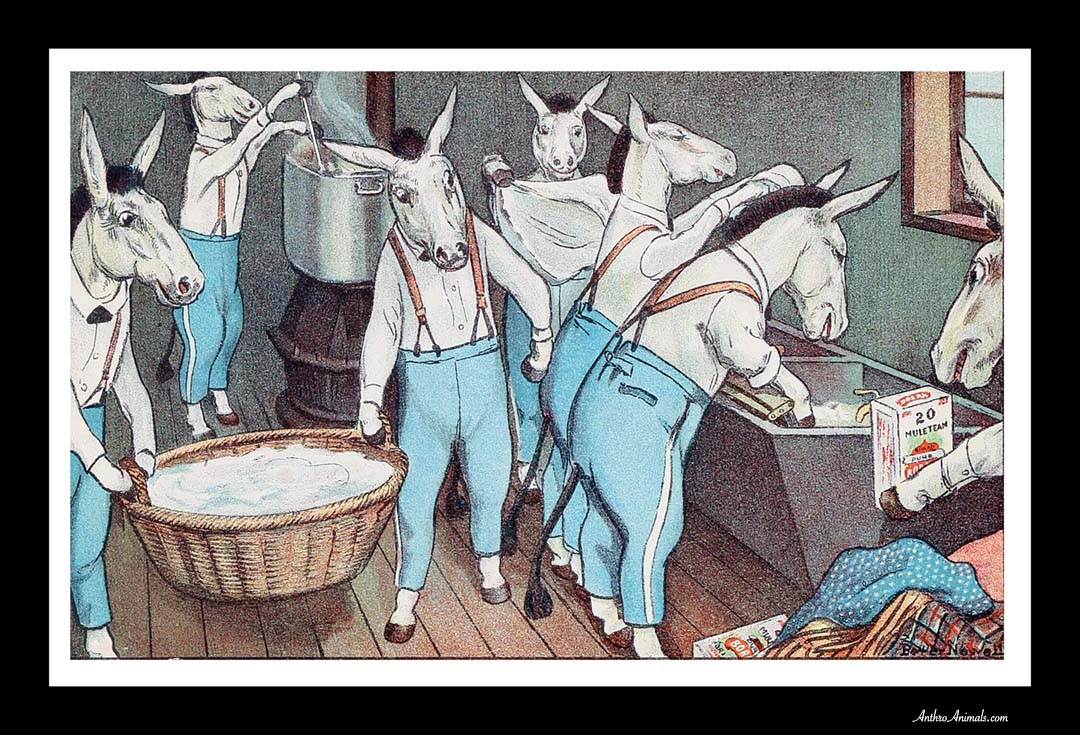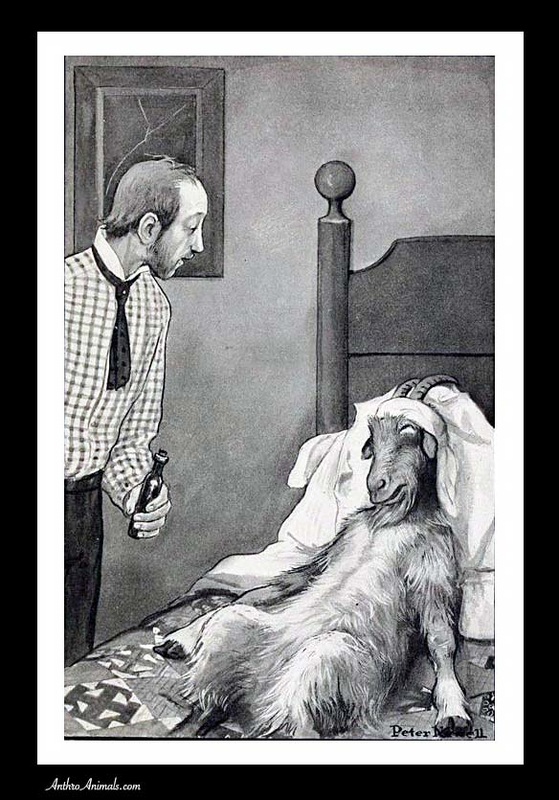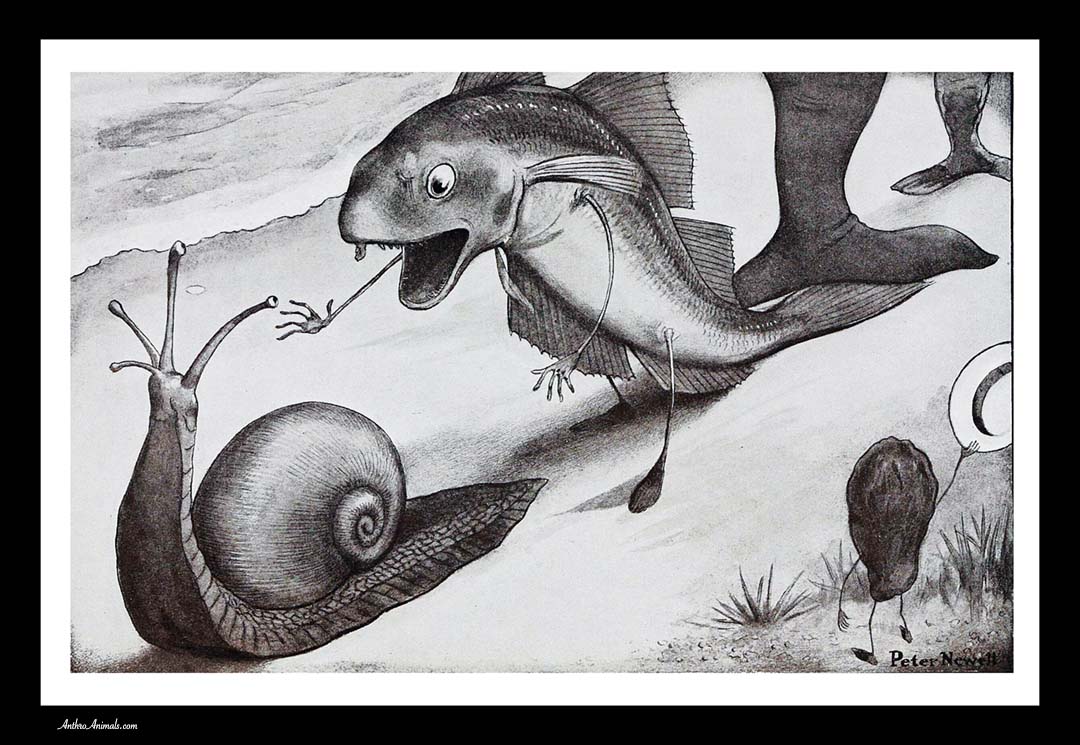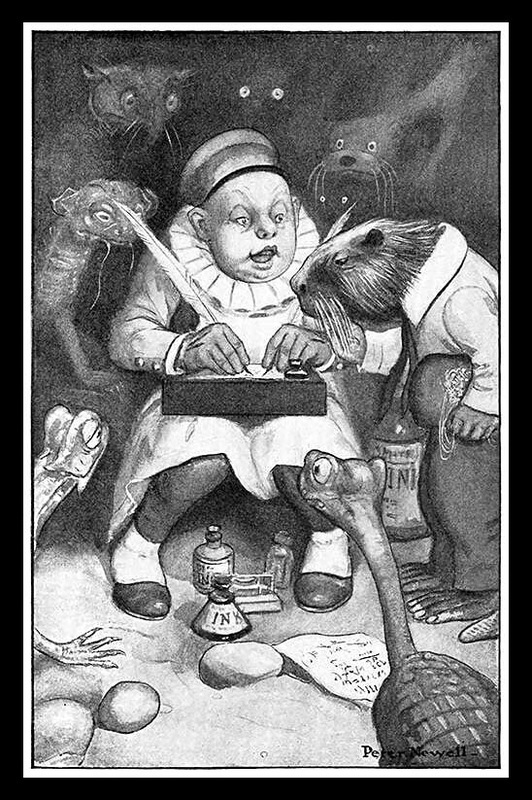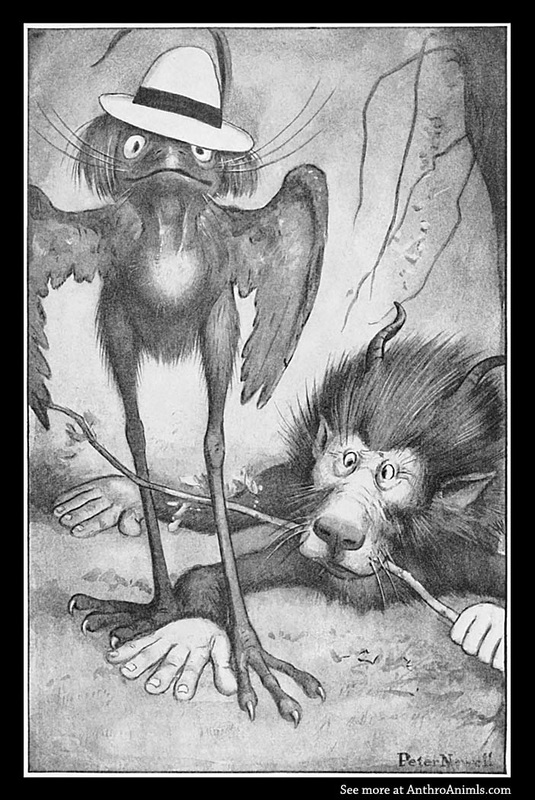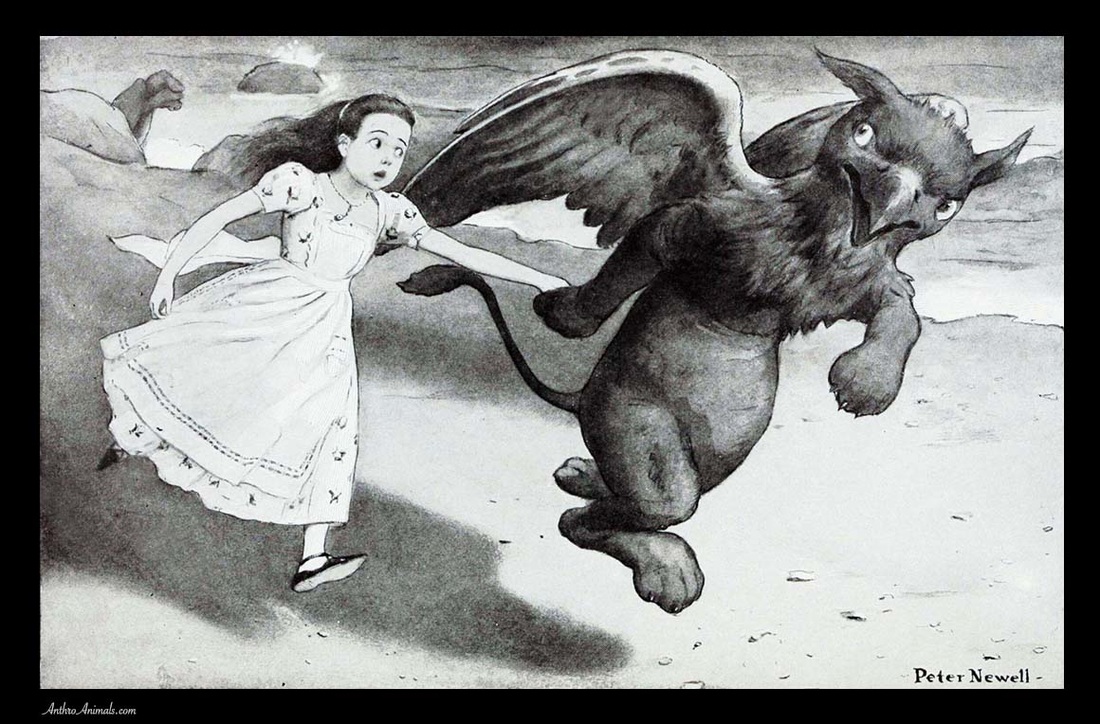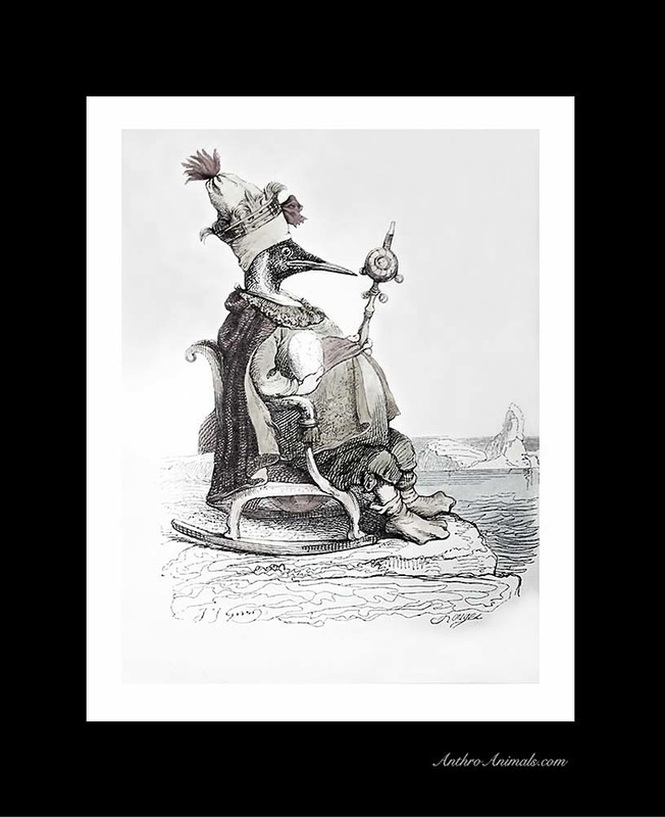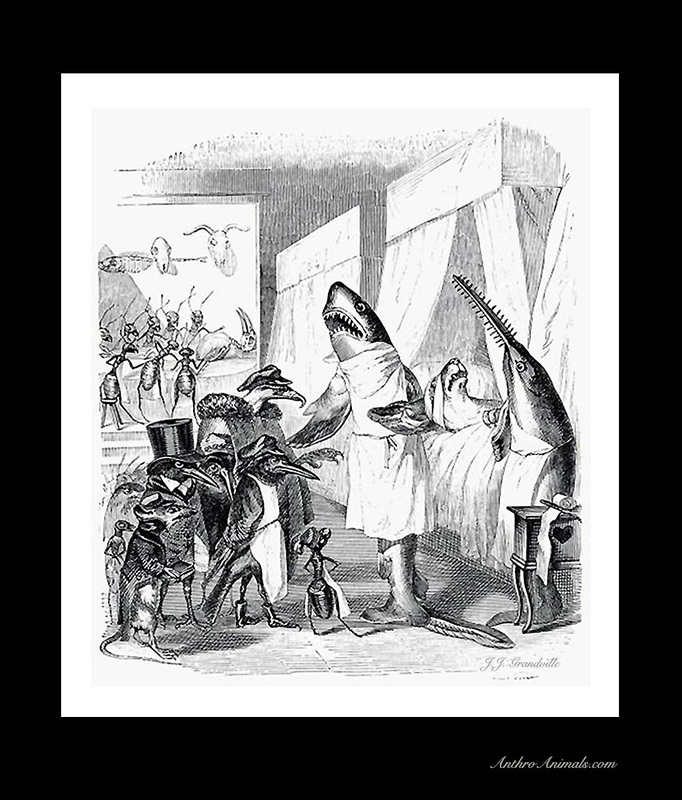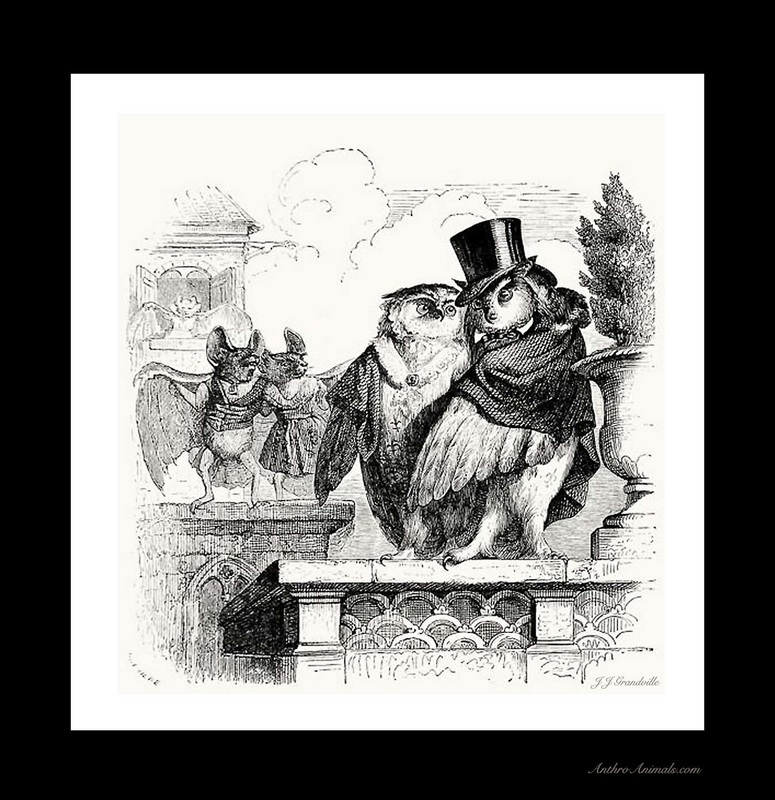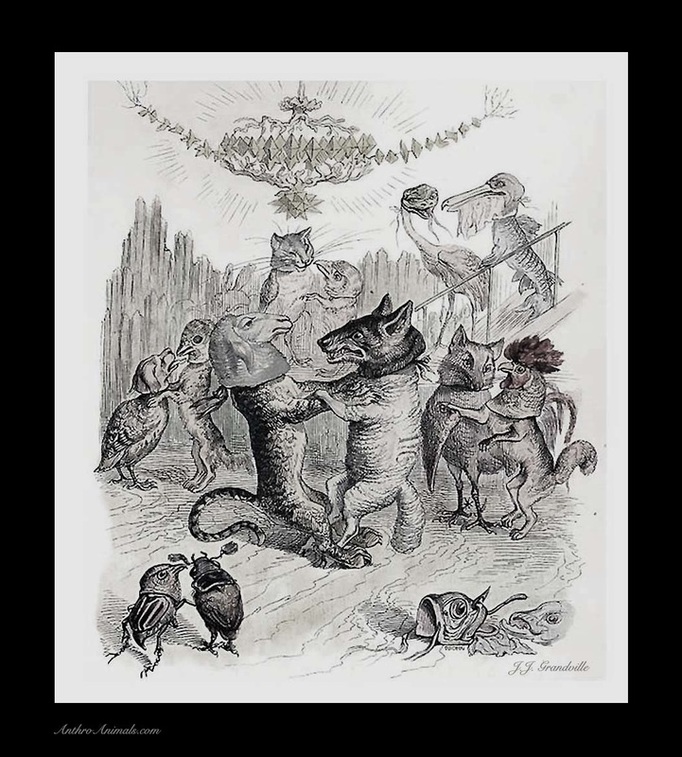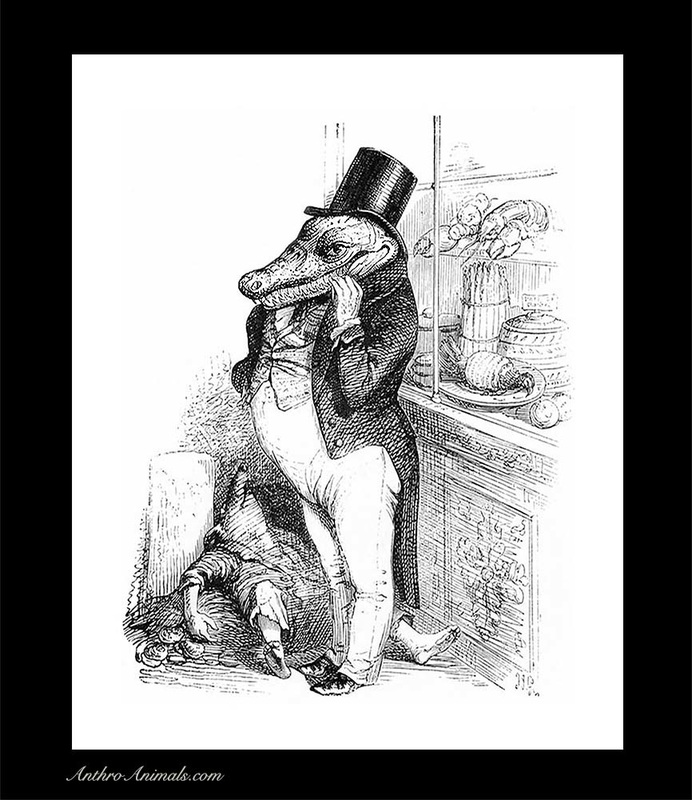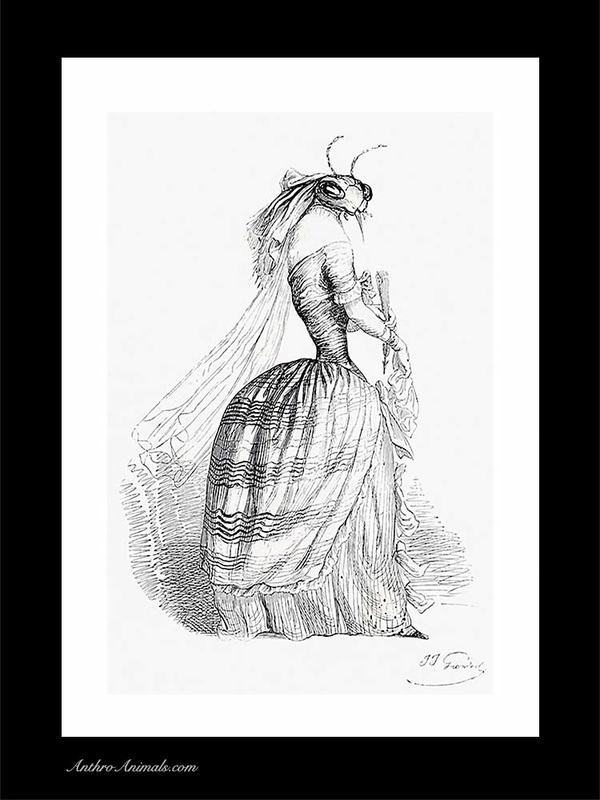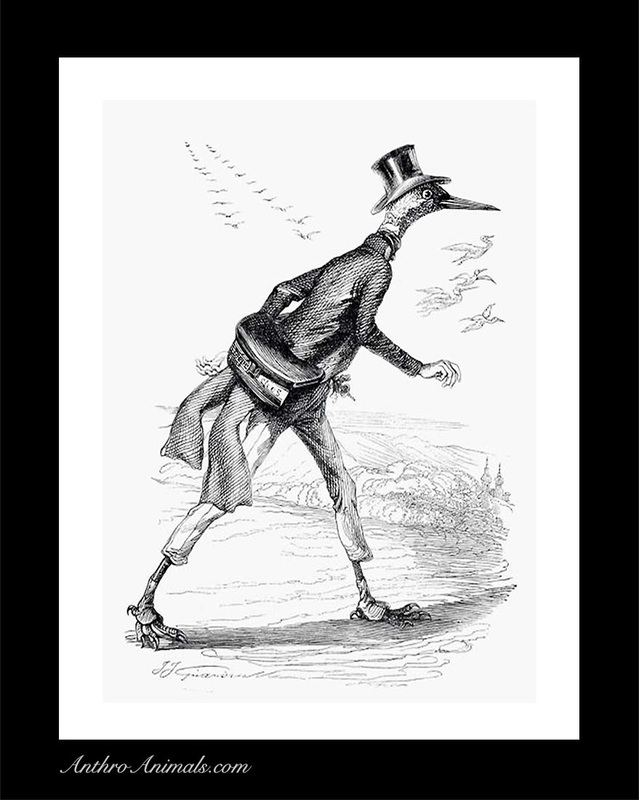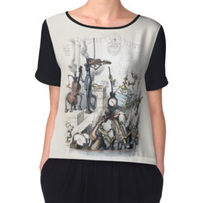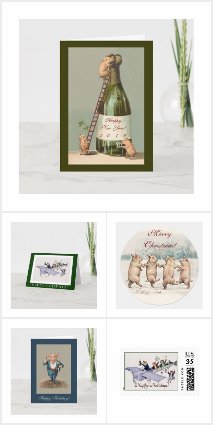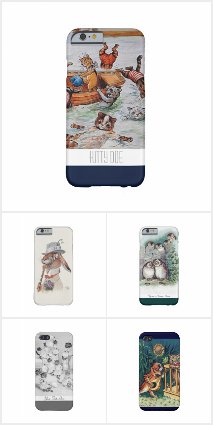|
It's not just animals that we gift or burden with human traits. Artists have also freed vegetables from their roots, allowing them to find both love and jealously human-style. Here are examples from Amédée Varin's beautiful 1851 edition of L'Empire des légumes. Below are additional examples of late nineteenth century and early twentieth century anthropomorphic art: One painting depicts a lovely onion wearing black leather boots , and the other shows a pear proposing marriage to his partner.
0 Comments
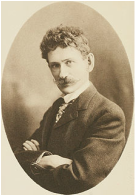 "All the sunshine of his life — and there seems to be a great store of it — he shares with all who will partake, and if he has any troubles he keeps them to himself. He is essentially a humorist, and one of the highest type. It is his mission to bring laughter into the world, and he succeeds beyond measure, and always cleanly, clearly, humanely. He reminds one of Thackeray's implied definition of humor when in description of Dickens he speaks of "that mixture of love and wit - humor, tender humor." - John Kendrick Bangs August 24, 1899 American artist Peter Sheaf Hersey Newell (March 5, 1862 – January 15, 1924) created hundreds of comical anthropomorphic illustrations during his career as a children's illustrator and author. He produced work for Harper's Weekly, the Saturday Evening Post and Judge, had his own comic strip called The Naps of Polly Sleepyhead and published his own books, including Peter Newell's Pictures and Rhymes. He also illustrated the works of Mark Twain, Steven Crane , Lewis Carrol and other authors. You can learn more about Peter Newell and see additional illustrations here.
French artist Jean Ignace Isidore Gérard (13 September 1803 – 17 March 1847) is best known by his chosen pseudonym J. J. Grandville. His imaginative art has inspired generations of political cartoonists and surrealists. The images below are from Vie Privée et Publique des Animaux and Un Autre Monde .
|
the ART of
|

